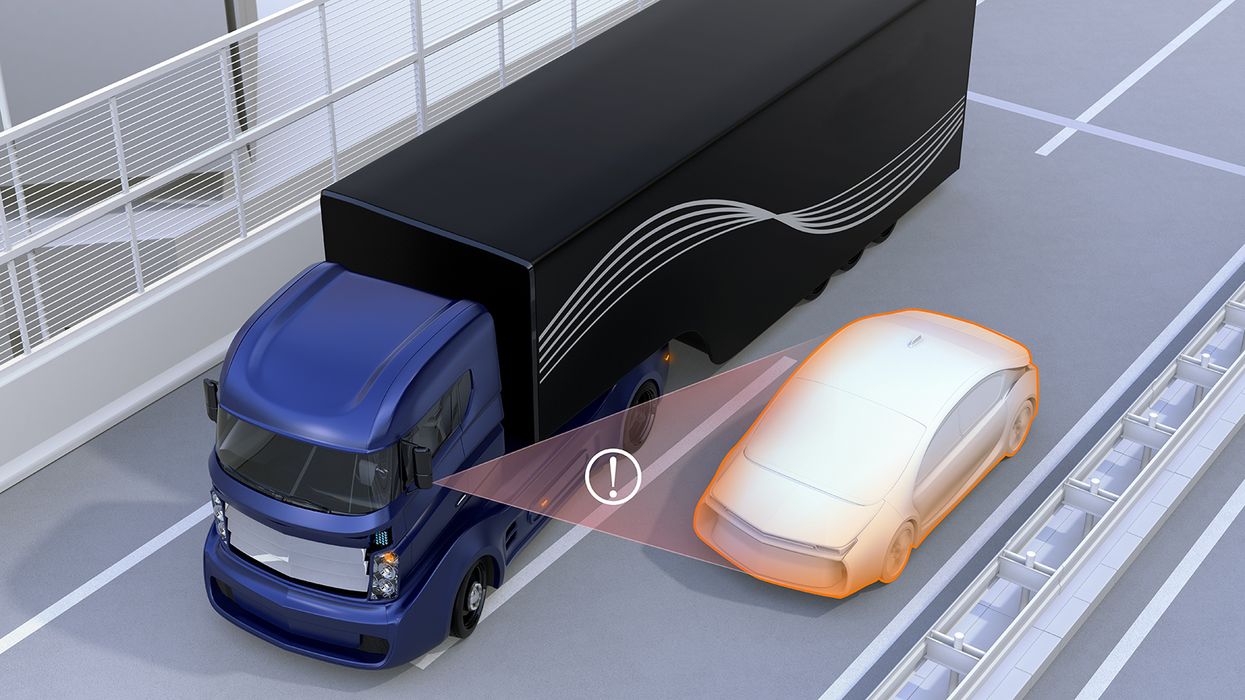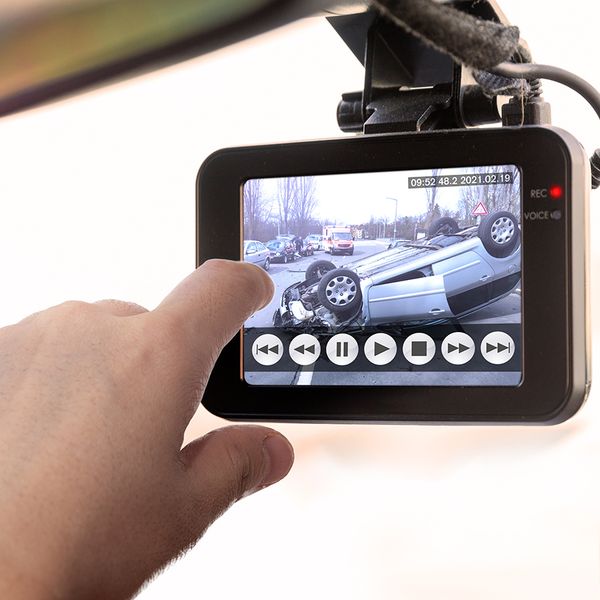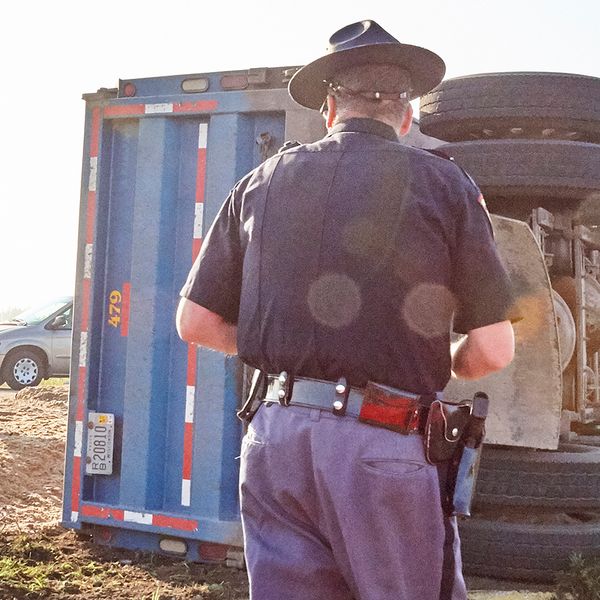Mirror, mirror — which is the safest vehicle mirror of all?
Clean, well-positioned mirrors can dramatically improve a driver's visibility while operating their commercial motor vehicle (CMV). The innovation of electronic mirror (e-mirrors) systems can create a step-level change in safety. This technology uses multiple high-definition cameras to enhance visual awareness, eliminate blind spots, and contribute to better fuel efficiency over traditional vehicle mirrors on truck and bus CMVs.
One large fleet's e-mirrors have been credited for a 65 percent reduction in crashes related to lane changes, left and right turns, and backing, measured over 24 million miles.
Are e-mirrors legal on CMVs?
Section 393.80 of the Federal Motor Carrier Safety Regulations (FMCSRs) requires two external rear-vision mirrors "so located as to reflect to the driver a view of the highway to the rear, along both sides of the vehicle." One external driver's side mirror is allowed if an internal mirror can provide a view to the rear through a window.
In 2019, Stoneridge, Inc. was the first vendor to receive an exemption from section 393.80, allowing customers to install e-mirrors and remove fixed external mirrors. That federal exemption to 393.80 for the MirrorEye® system was renewed effective February 13, 2024, through February 12, 2029. The exemption renewal is available at the following link to the Federal Register:
How do e-mirrors work?
E-mirrors replace traditional mirrors with a combination of external high-definition cameras feeding in-cab monitors. The digital monitors are mounted on the A-pillars (left and right side of the windshield) to display video feeds of the vehicle's surroundings, including blind spots.
The camera redundancy provides continuous visibility even if one camera fails.
At night, infrared light projected by the mirrors helps drivers see more clearly.
Advantages and disadvantages
With any technological innovation, there are pluses and minuses. Driver testimonials and manufacturers reports indicate these advantages and disadvantages of e-mirrors over fixed external mirrors:
Advantages
- Better visibility. High-definition monitors and exterior cameras provide greater visibility, especially the automatic panning feature that follows the trailer during turns.
- Weather safe. Water repellent coatings on camera lenses maintain a clear view, even in rain or snow.
- Nighttime safety. Infrared spotlights on the sides of the vehicle provide an element of driver security and make driving much safer at night.
- Safer backing. Red, yellow, and green lines on the internal monitors indicate the distance to objects backing.
- Fuel efficiency. Aerodynamic cameras reduce drag and can enhance fuel efficiency by as much as 2-3 percent.
- Flexibility in tight spots. Cameras can retract in tight maneuvering conditions.
- Non-motorist protection. Front corner cameras can better detect pedestrians and cyclists, also called Vulnerable Road Users (VRU).
Disadvantages
- Cost. The cost of the investment is far greater than external mirrors.
- Driver adaptability not immediate. Acclimation to e-mirrors can take drivers approximately two weeks.
- One blindspot. The only blind spot is directly behind the trailer.
- Technology issues. Any electronic system could be subject to complete failure.
Key to remember: Despite the cost, electronic mirrors can enhance driver visibility and reduce accidents and incidents.































































